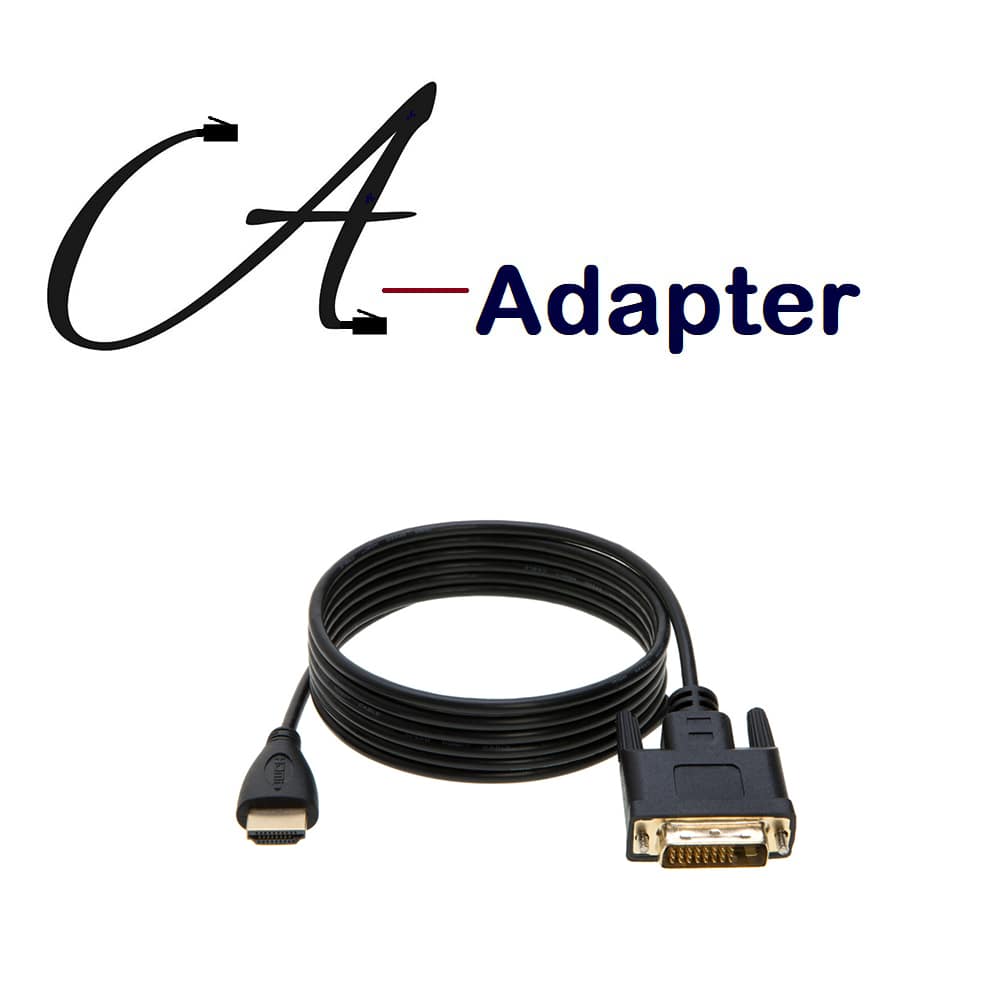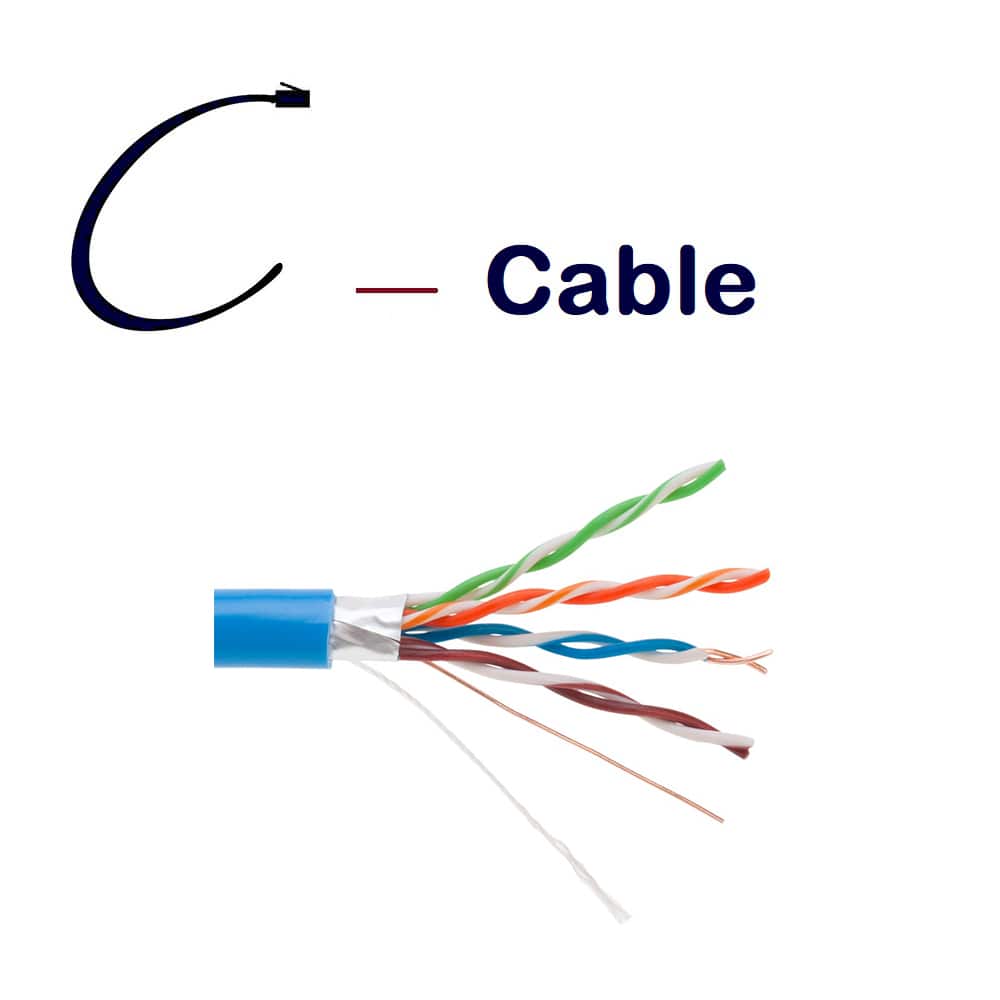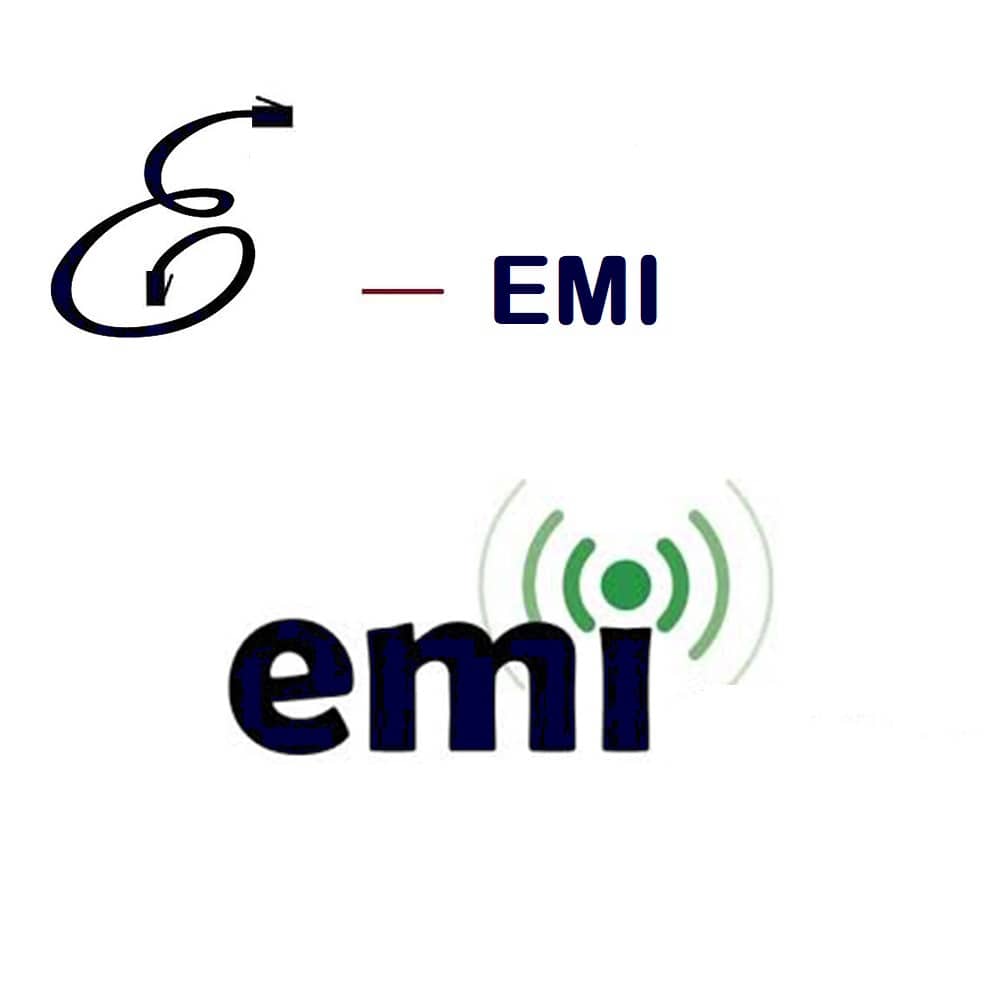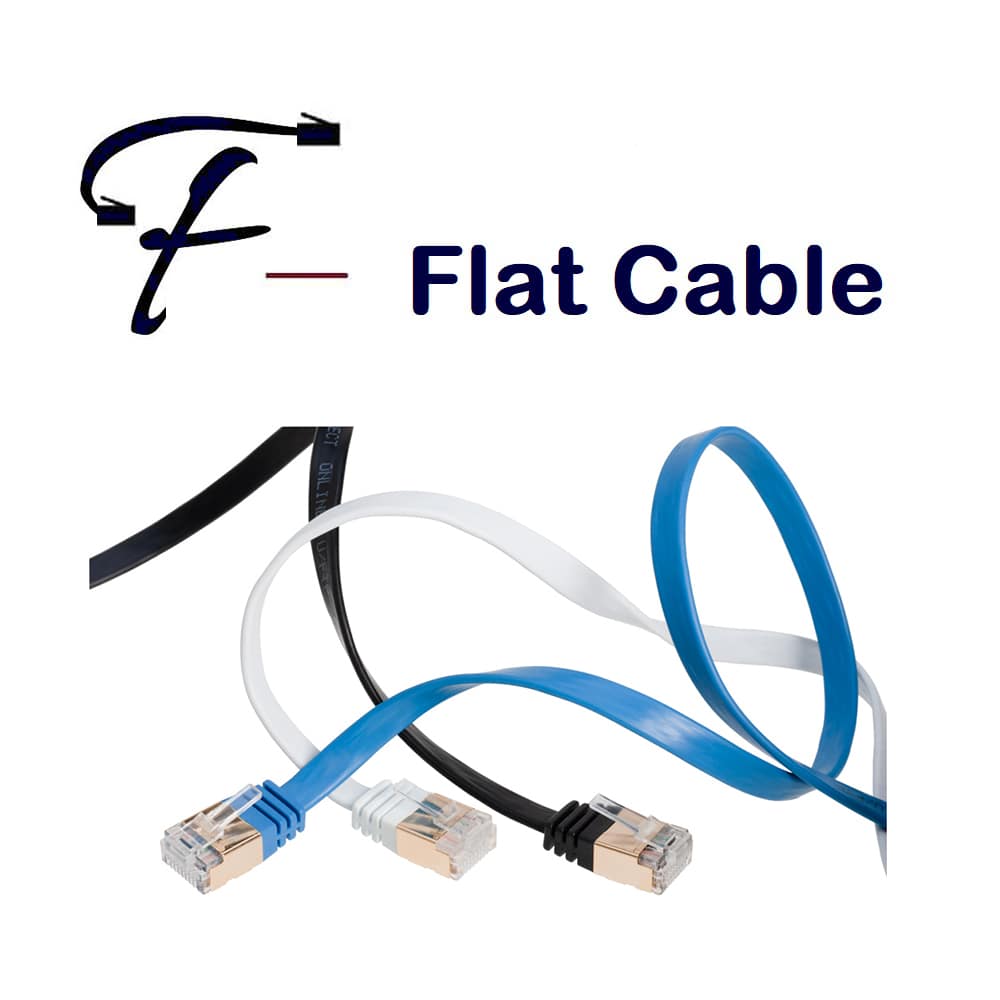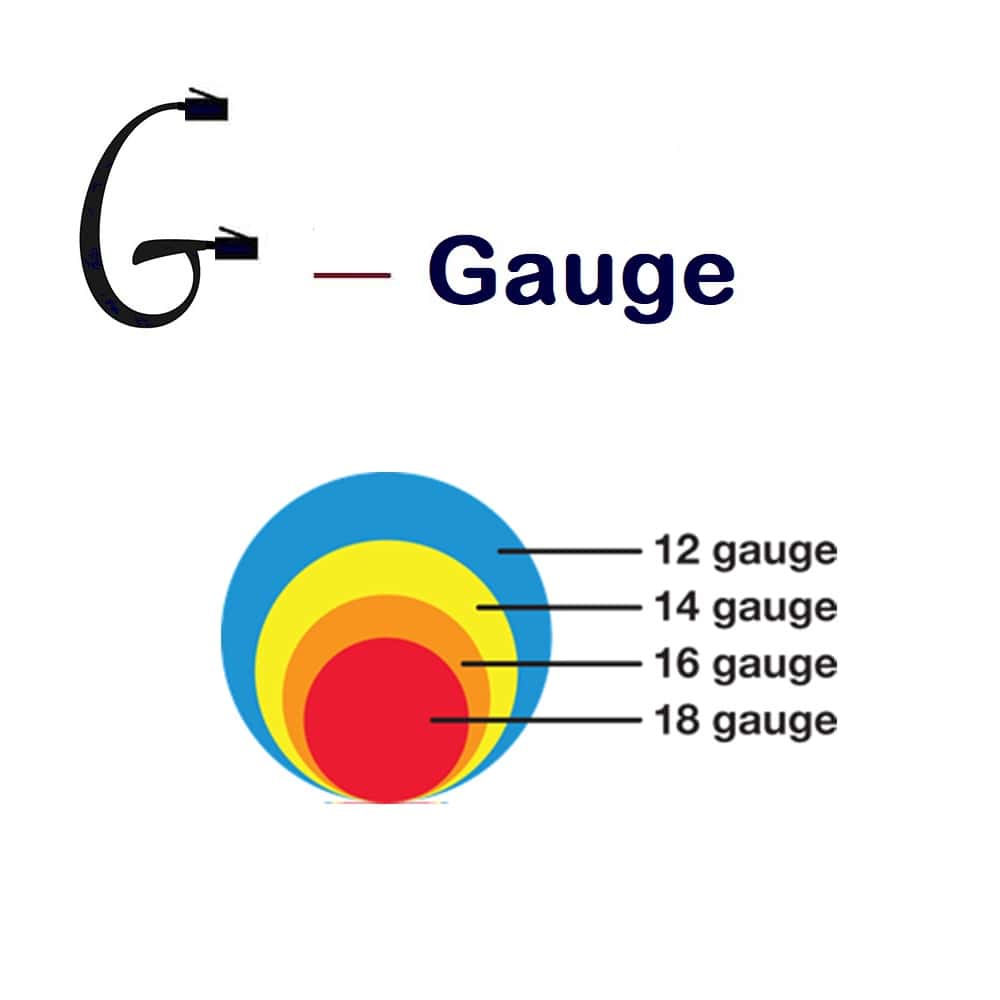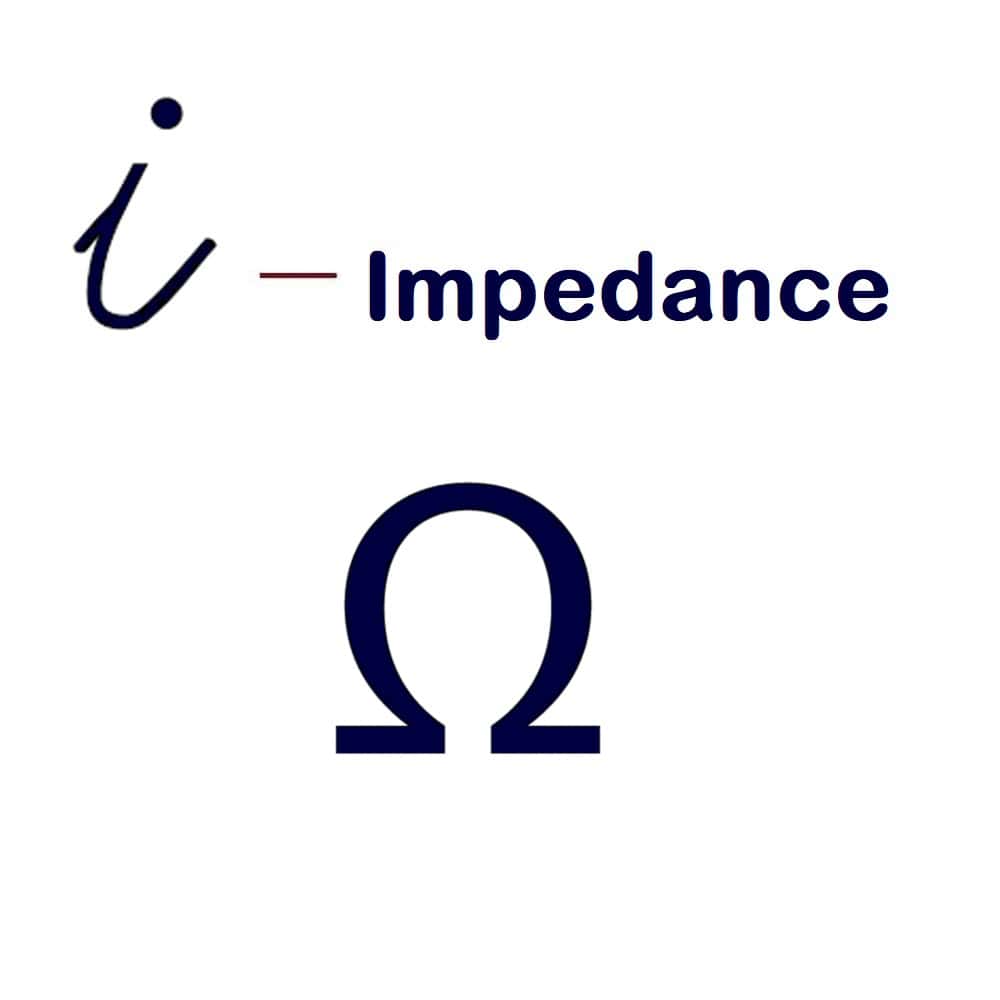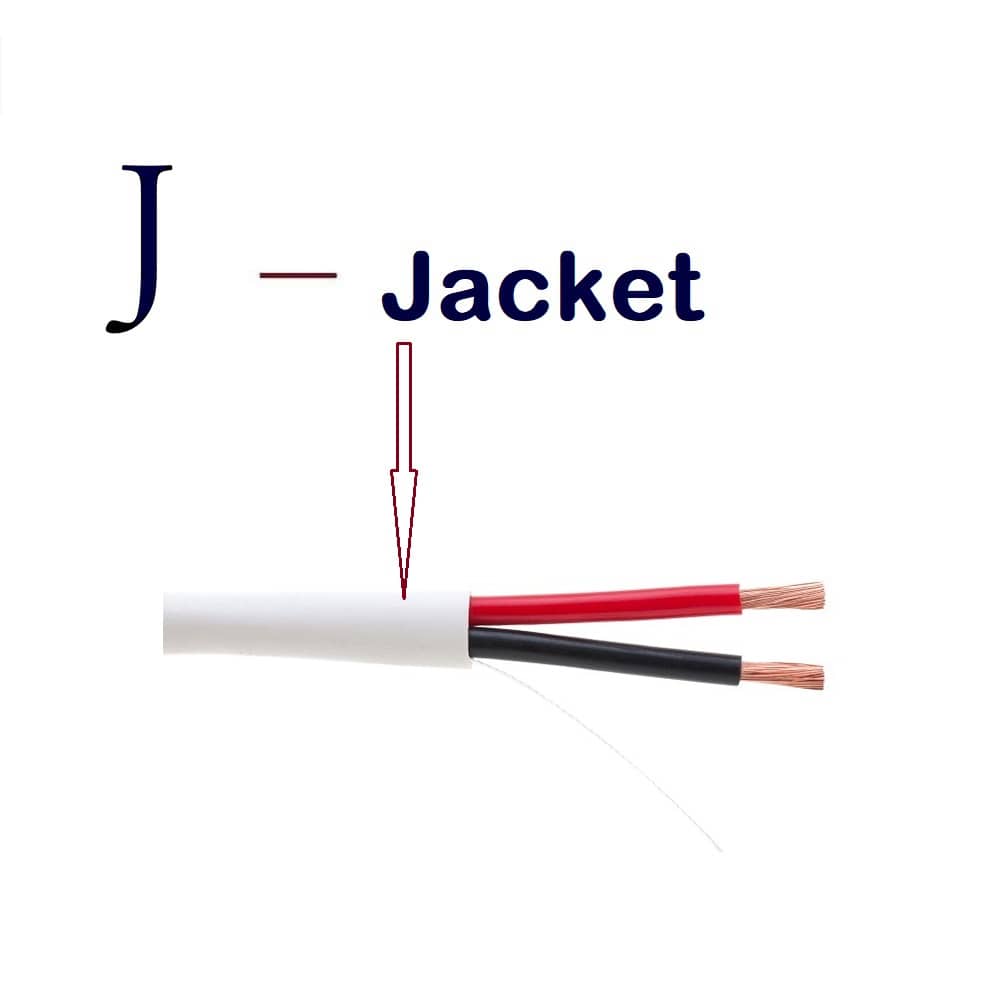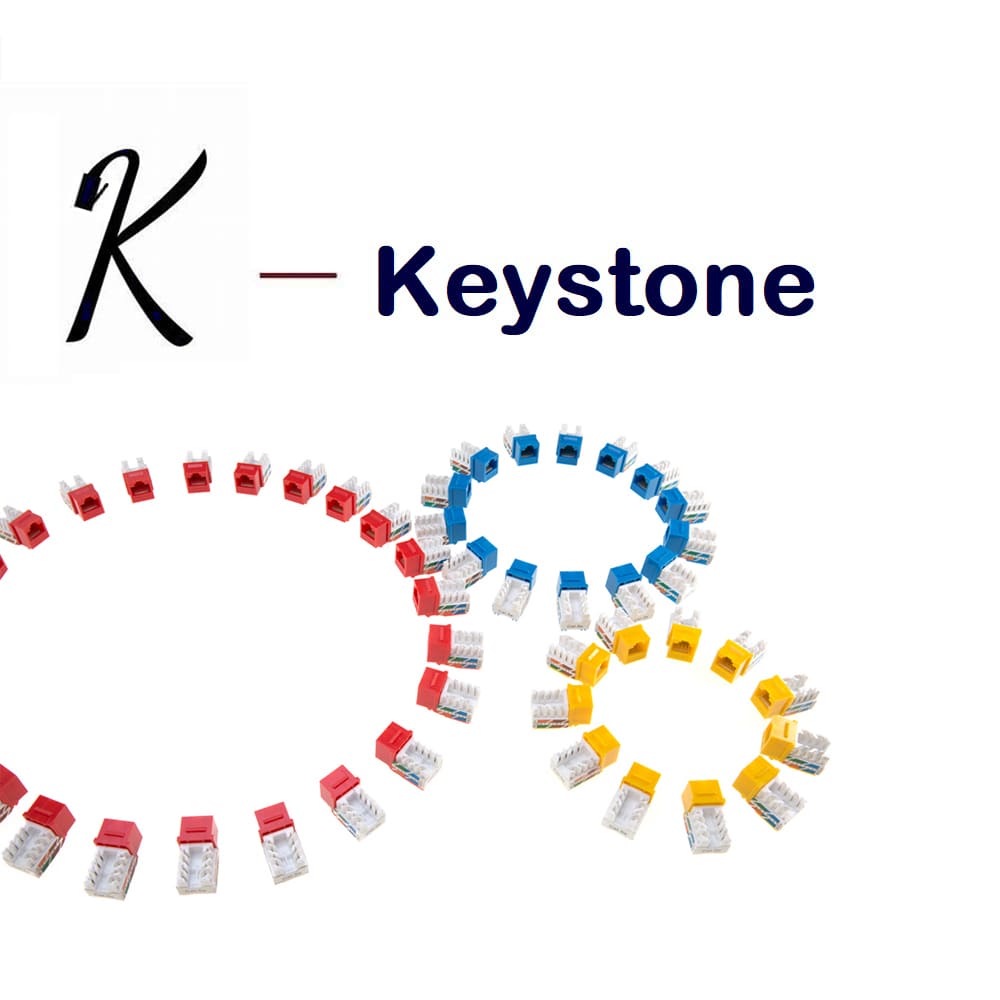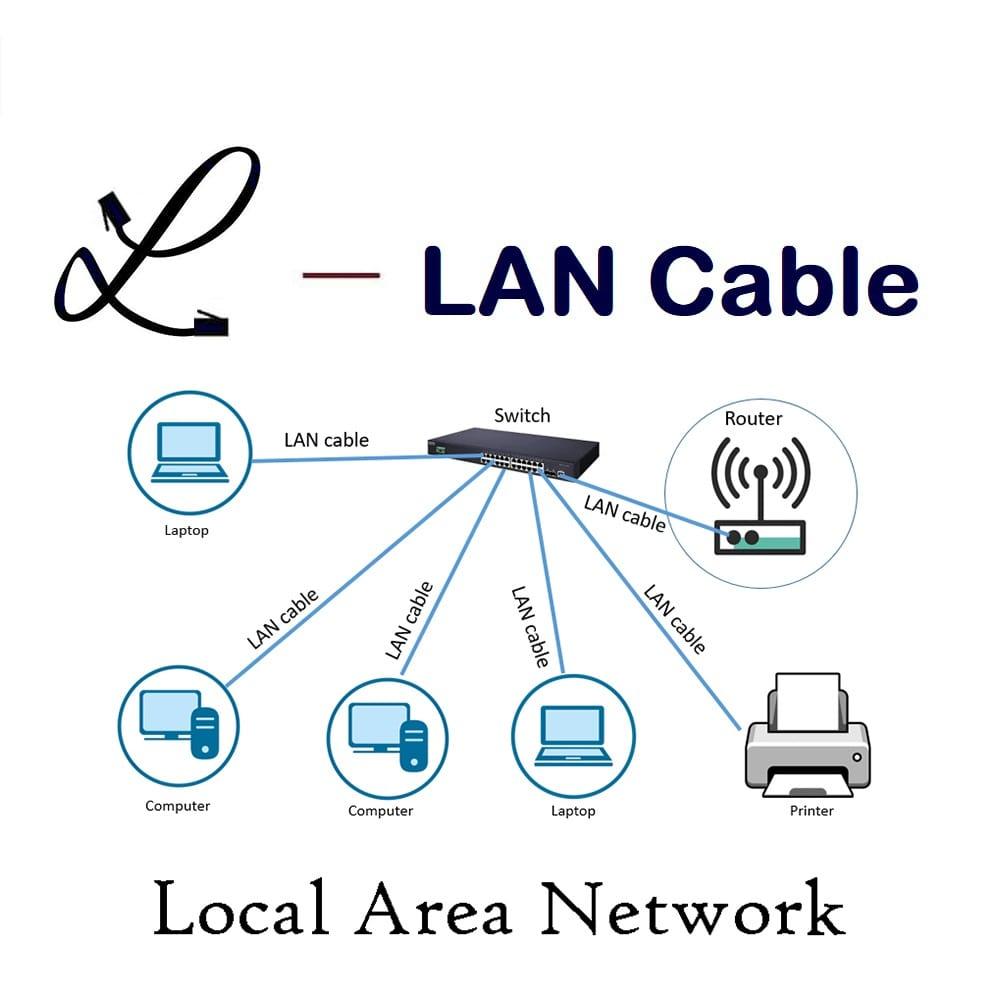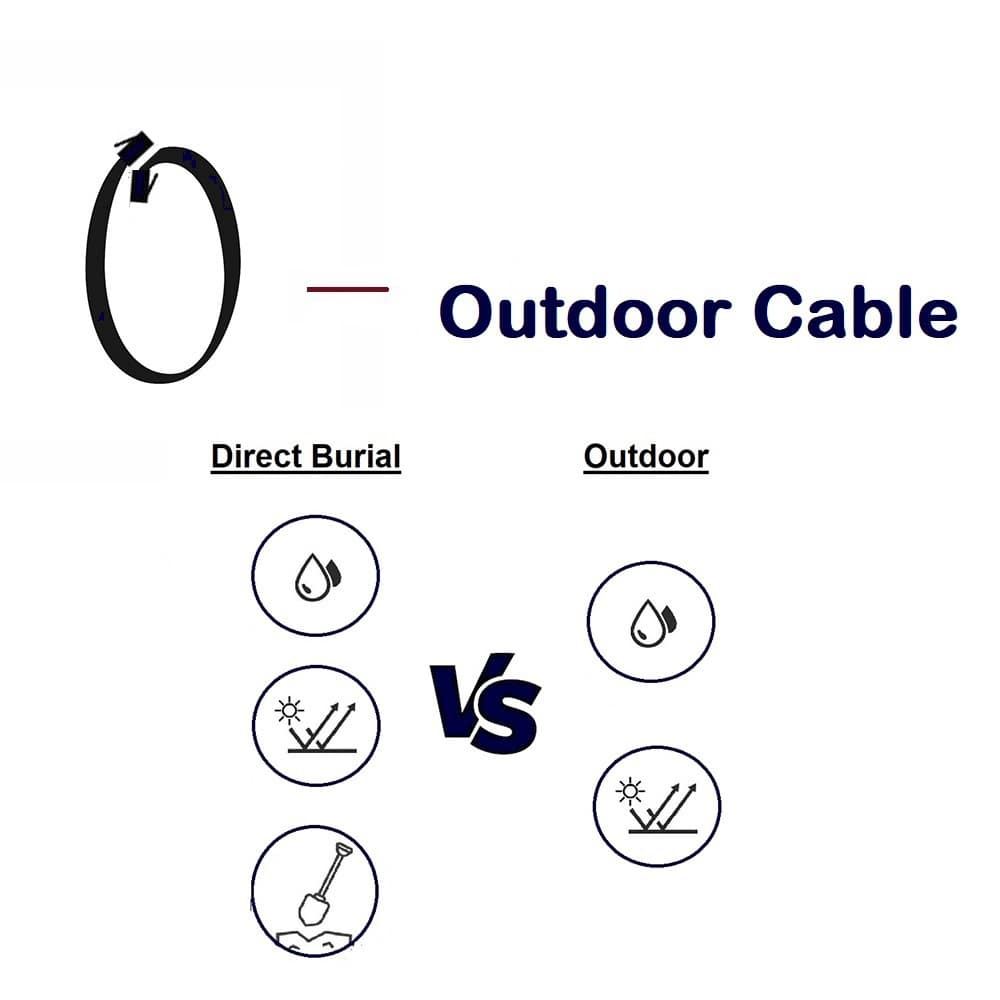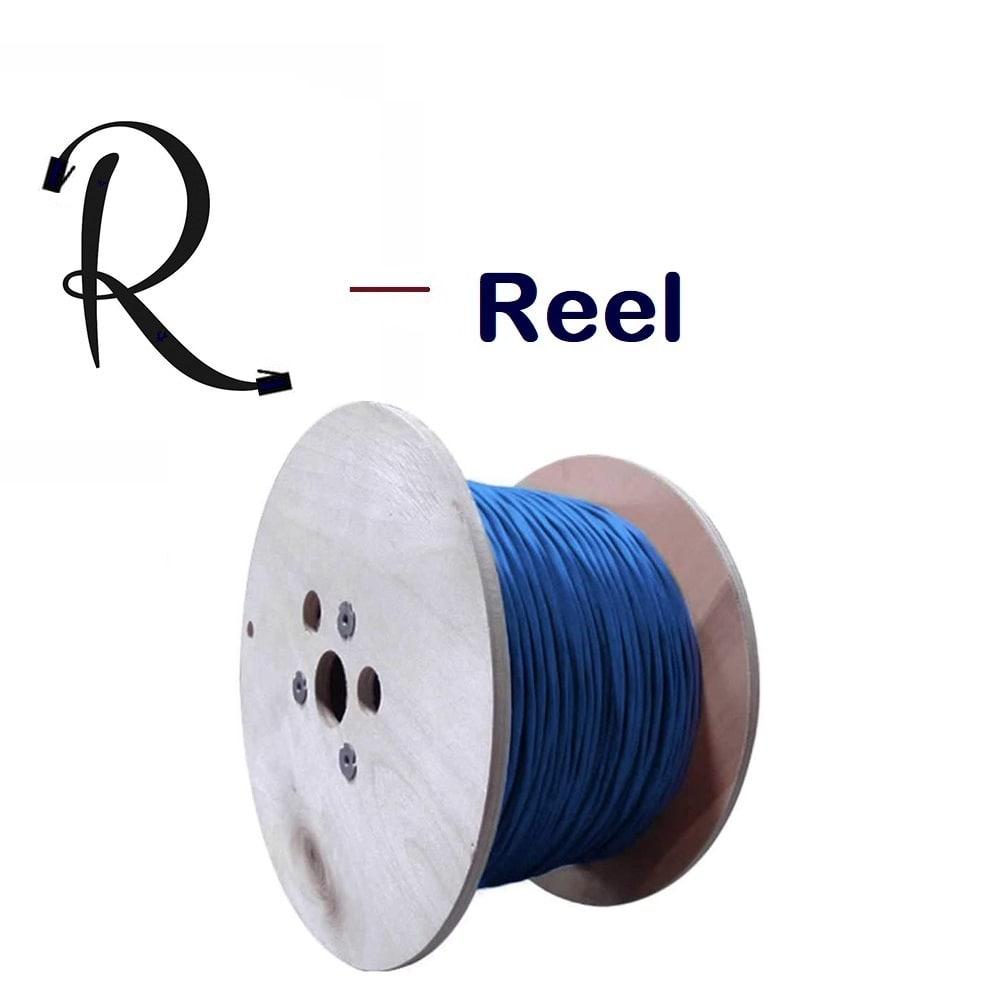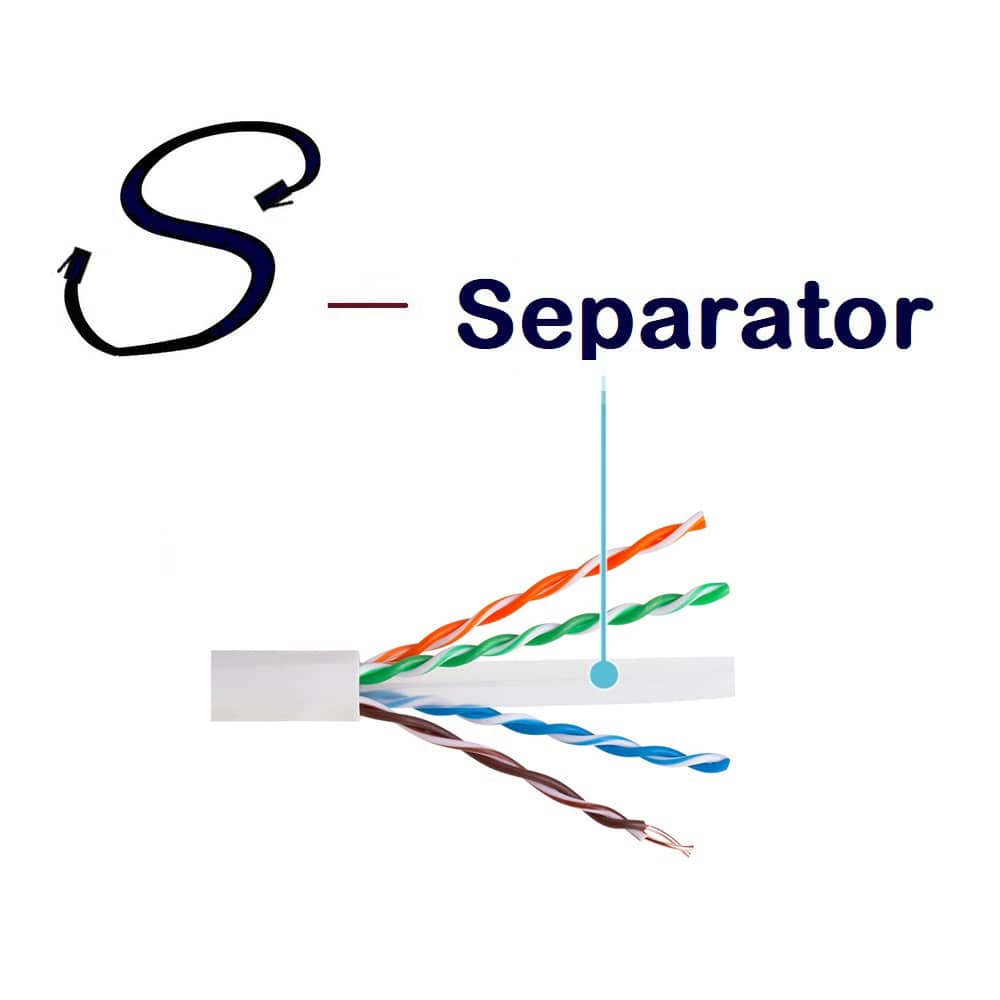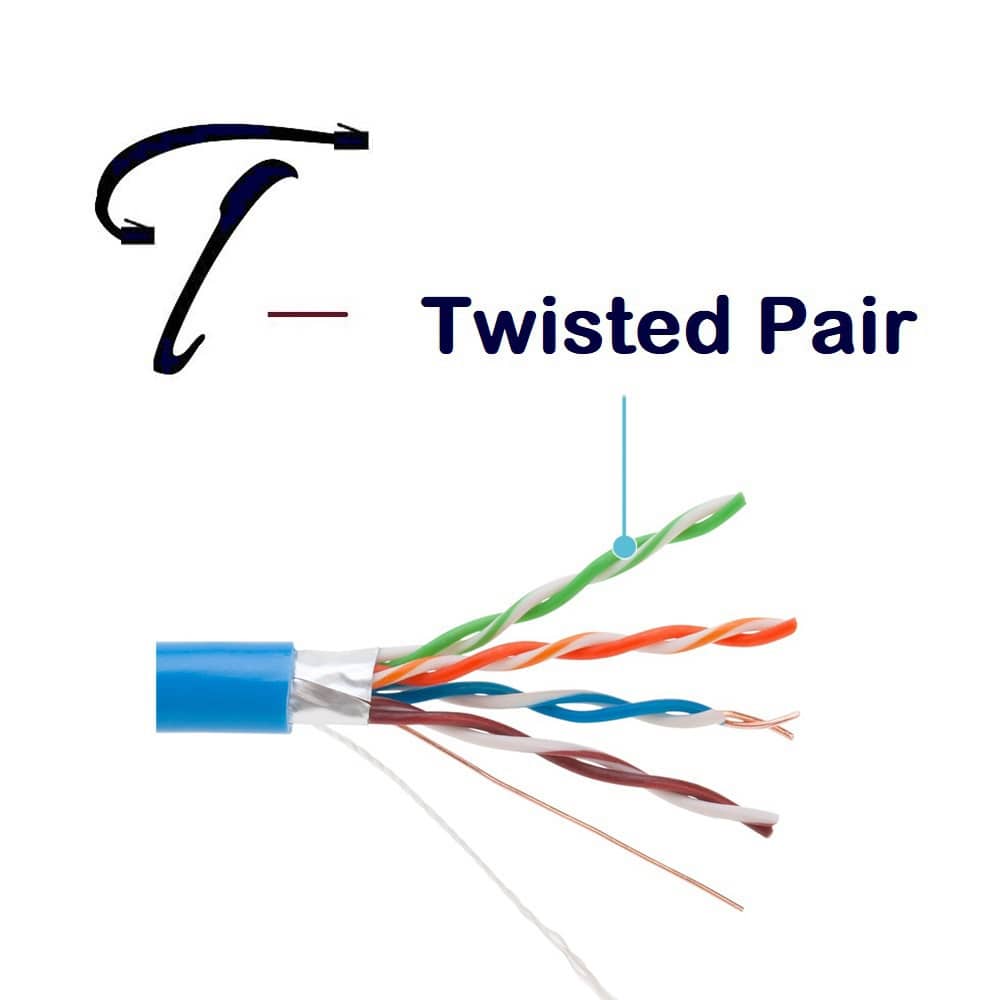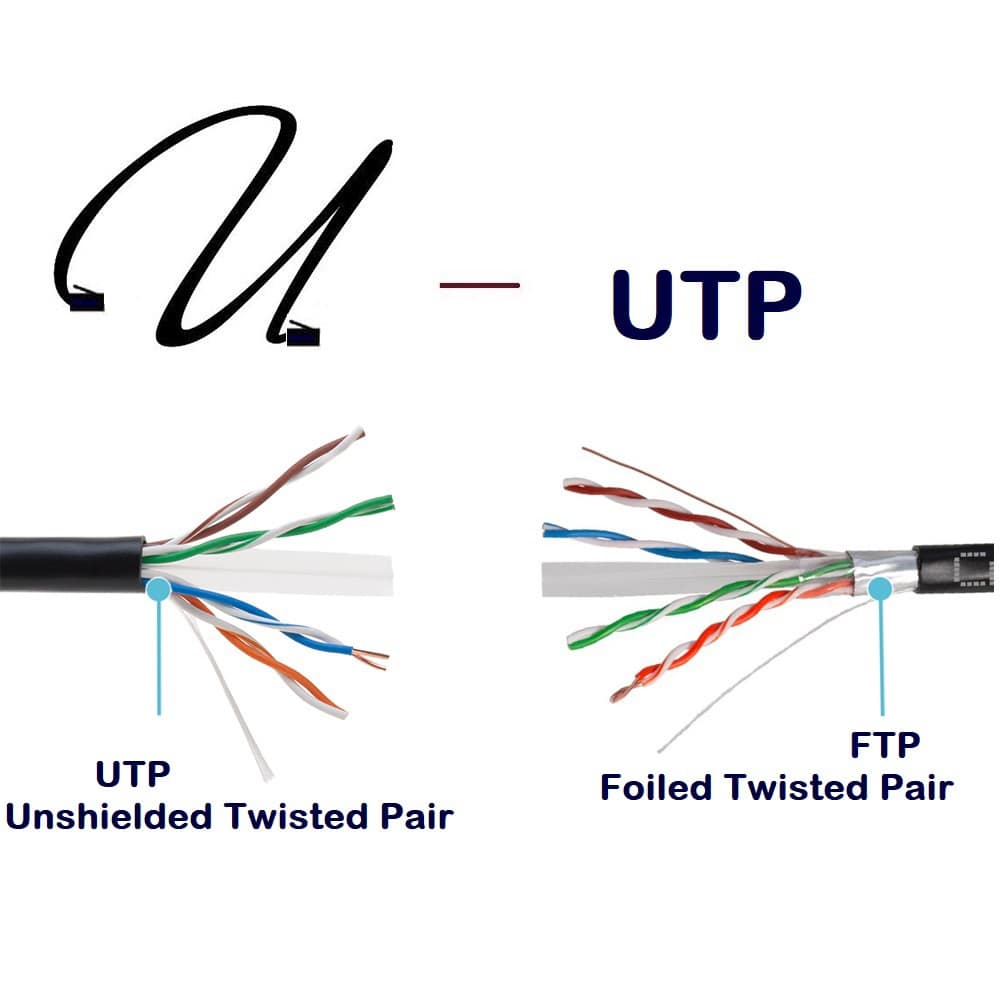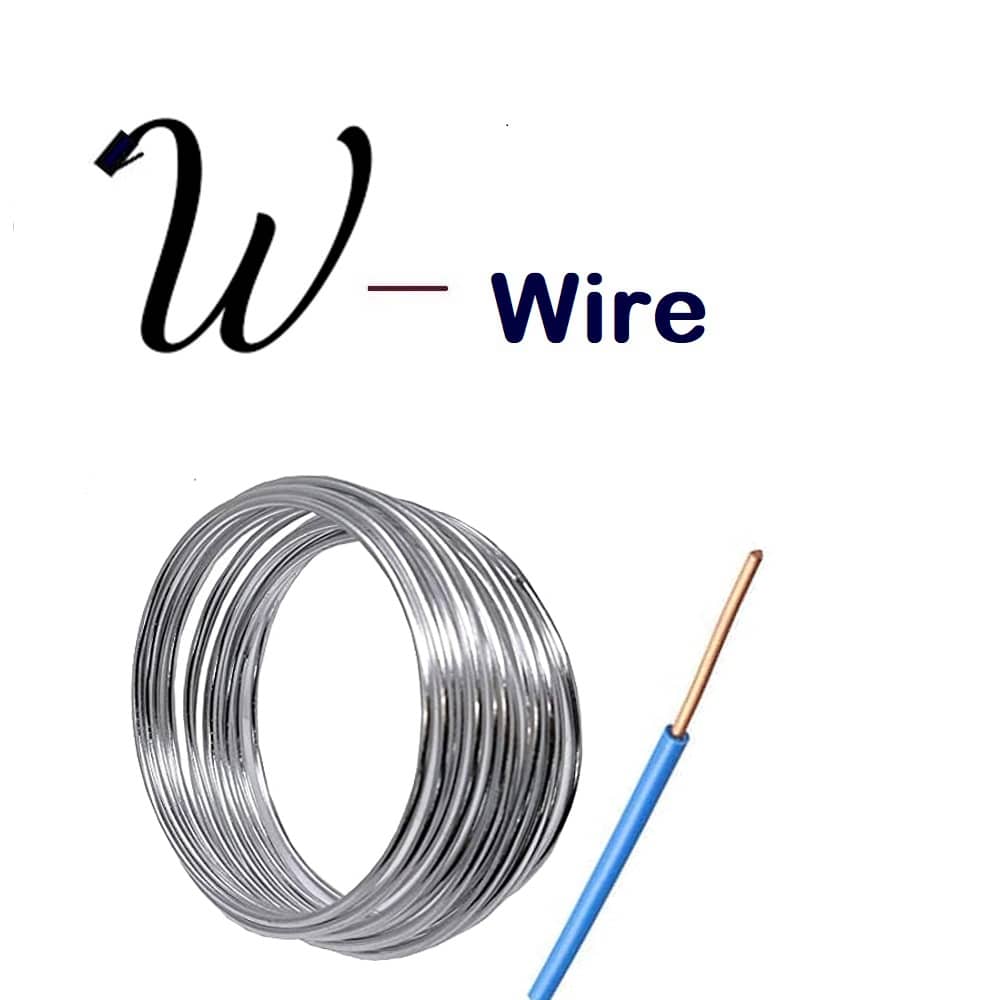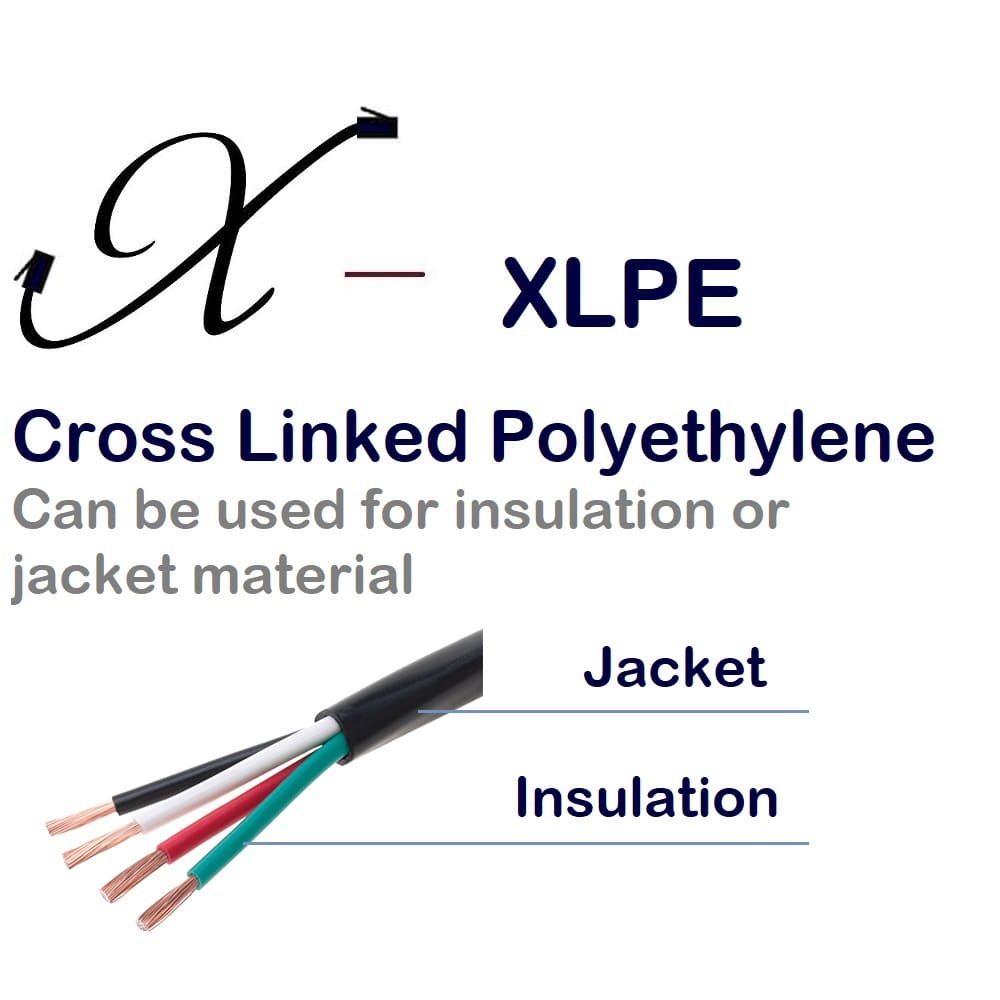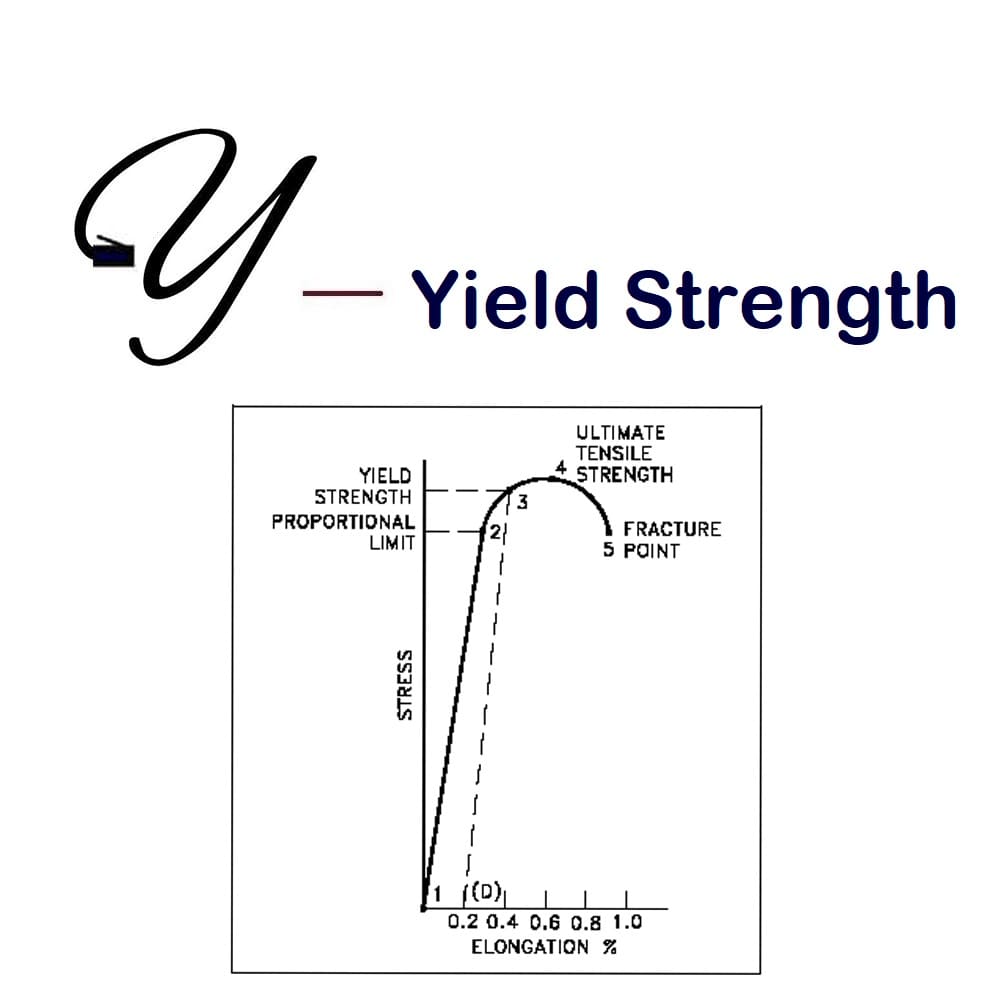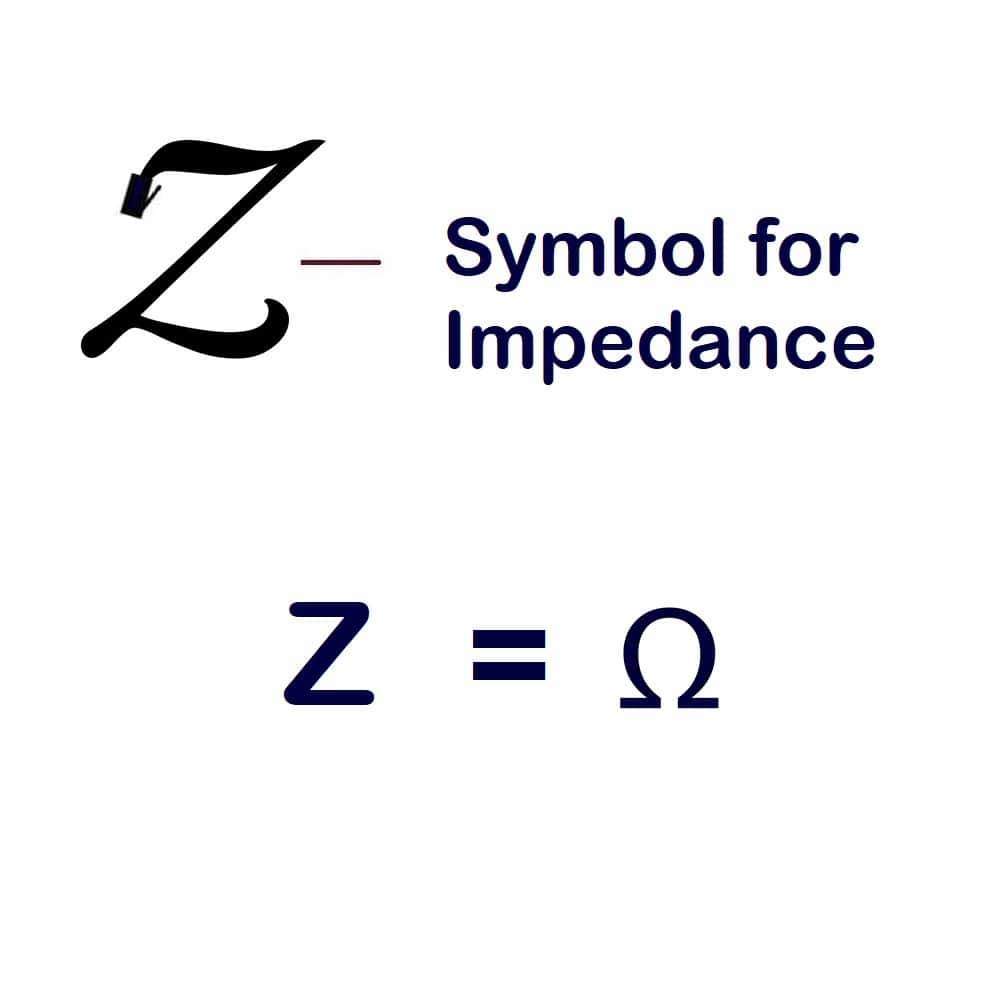The ABC’s of Cables.
Let's see if we can find a word with every letter of the alphabet related to Cables. By the end of this challenge, we will have a list of the terms you need to know.
A is for Adapter
The adapter allows a specific type of hardware to work with another type of hardware. For example, HDMI to DVI allows connecting HDMI devices like Blue-ray, DVDs to your DVI devices such as HDTV, Display, and more.
B is for Bandwidth
Bandwidth for cables refers to the range of frequencies used for the transfer of information through data cables. The higher the bandwidth, the more information can be transmitted over the cable.
The best way to understand it is to think about pipes. The fatter pipe, the more bandwidth.
Bandwidth in cables measured in frequency per unit per time - called Hertz(Hz). 1Hz is 1cycle per second and 1MHz - is one million cycles per second.
| Cable Type | Bandwidth |
|---|---|
| Category 5 cable | 100 MHz |
| Category 6 cable | 250 MHz |
| Category 6a cable | 500 MHz |
| Category 7 cable | 600 MHz |
| Category 8 cable | 2000 MHz |
C is for Cable
A cable is a group of individually insulated conductors in a twisted or parallel configuration under a common sheath.
D is for Drain Wire
In a cable, the uninsulated wire in intimate contact with a shield provides for easier termination of such a shield to the ground.
E is for EMI
EMI is an abbreviation for electromagnetic interference.
EMI is the interference caused by one electronic device to another by the electromagnetic fields set up by its operation.
F is for Flat Cable
Flat Cable conductors run parallel to one another. Check out our CAT7 Flat Cable.
G is for Gauge
Gauge is a measurement of the wire diameter or thickness of the wire. The smaller the gauge number the thicker the wire.
H is for Hertz (Hz)
Hertz (Hz) – a term that replaced cycles-per-second as a unit of frequency.
I is for Impedance
Impedance is another word for the value of electrical resistance for alternating current. Impedance is measured in Ohms.
J is for Jacket
An outer, non-metallic protective covering applied over an insulated wire or cable.
K is for Keystone
Keystone jack is a snap-in package where you plug in your patch cable.
Check out our 45-Degree angled Cat5e Keystone Jacks
Check out our 45-Degree angled Cat6 Keystone Jacks
L is for LAN Cables
LAN Cable is Ethernet/Network cable that connects to computers, network switches, and then from the switch to a router, modem or DSL which powers your internet from an internet service provider. LAN - Local Area Network is a group of computers/devices located in one physical location.
M is for Multiconductor Cable
Multiconductor cable is the cable that built with more than one conductor.
N is for Network
A network is a series of nodes connected by communications channels. Check out our Networking products
O is for Outdoor Cables
Outdoor-rated cables have UV-resistant jackets.
These cables are designed to be used outside, but not buried.
P is for Patch Cable
Patch Cable is a cable with plugs on each end to connect equipment together.
Q is for Quad Shielded
Quad Shielded RG6 Cable has an extra set of foil and braid around it.
R is for Reel
Circular container on which wire is wound for storage or transit, usually made of wood or metal.
S is for Separator
The separator is a layer of insulating material between: (a) Conductors and insulation; and (b) Between cable components and jacket.
T is for Twisted Pair
Twisted pair cabling is where two conductors of a single circuit are twisted together to improve electromagnetic compatibility. The more twists per foot for conductors, the better the performance of the cable.
U is for UTP
UTP (Unshielded Twisted Pair)- This cable consists of pairs of wires twisted together. There is no shielding or protection other than the plastic coating around the wires. This is one of the most basic methods used to help prevent electromagnetic interference.
V is for Video Cable
Video Cable carry electronic signal from a video source (DVD, Satellite box) to your television or monitor.
W is for Wire
The wire is a single conductor that can either be solid or stranded.
X is for XLPE
XLPE is Cross-Linked Polyethylene - used for cable insulation or jacket.
Y is for Yield Strength
Yield Strength - The stress a material can withstand without permanent deformation.
Z is for Symbol for Impedance
Impedance, represented by the symbol Z, is a measure of the opposition to electrical flow. It is measured in ohms.
